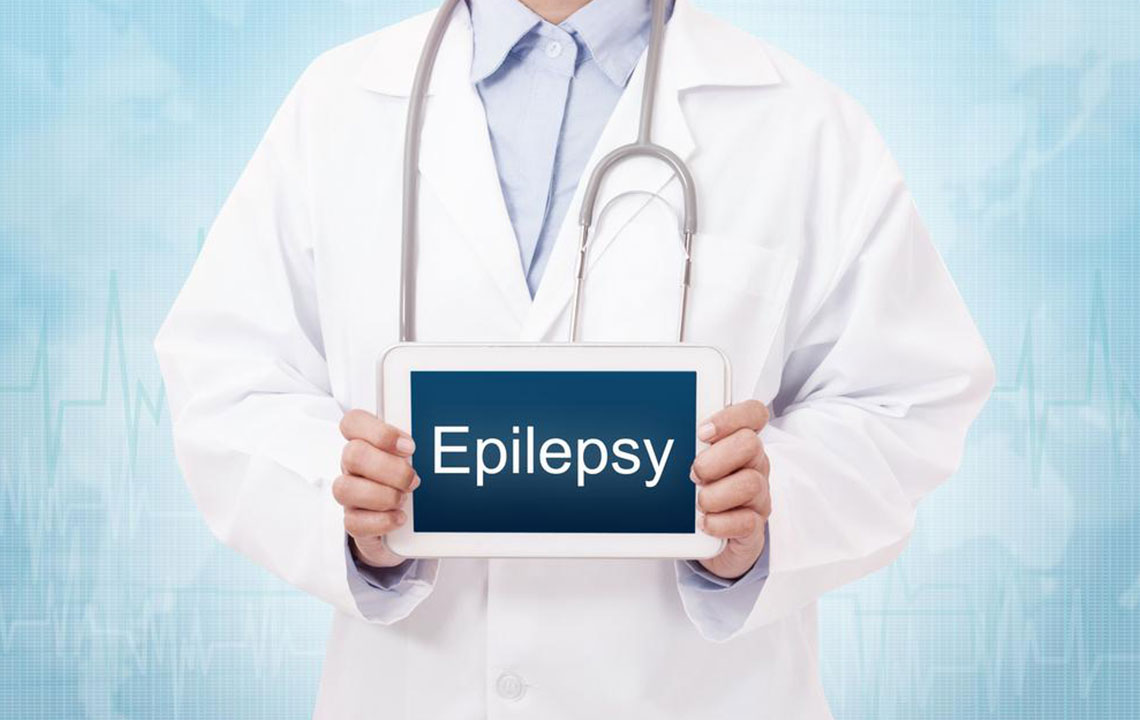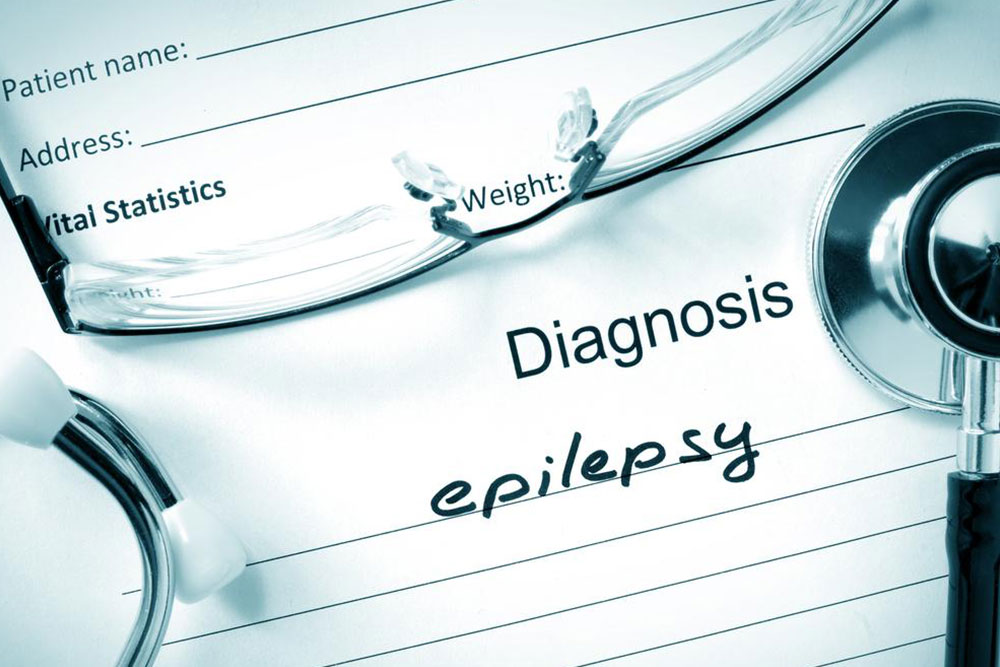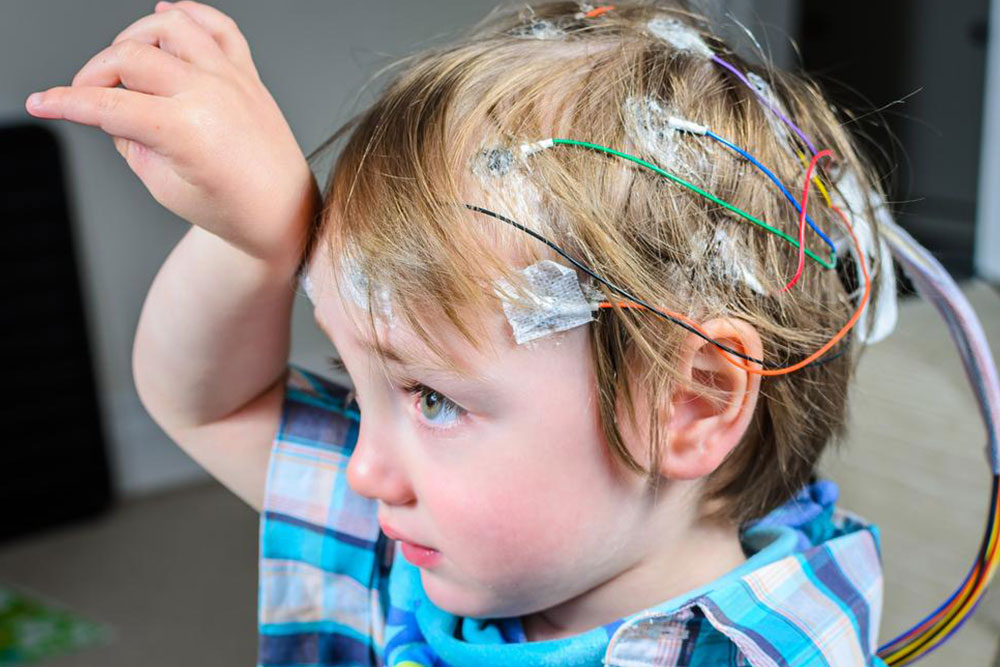Top 3 Approaches to Managing Epilepsy Seizures Effectively
Discover the top treatment strategies for epilepsy, including medication, surgery, and advanced device therapies. These options aim to control seizures and enable a more normal life. Consultation with healthcare professionals is essential for personalized treatment plans. Learn how modern therapies can make a difference for epilepsy management.

Top 3 Approaches to Managing Epilepsy Seizures Effectively
Modern medicine offers effective solutions for many health conditions, including neurological disorders. In today's era, ailments that disrupt normal bodily functions can often be treated successfully, providing relief and improved quality of life. This is especially true for epilepsy, a neurological disorder characterized by sudden electrical disturbances in the brain that trigger seizures. Symptoms may include loss of awareness, involuntary jerks, or staring spells.
If you have a loved one experiencing epileptic seizures, you might wonder whether there are effective treatment options. Here are three prominent methods to control or potentially eliminate seizure episodes.
Medication-Based Therapy - The primary treatment for epilepsy involves anti-epileptic drugs (AEDs). While AEDs don’t cure epilepsy, they significantly reduce the frequency and severity of seizures. The choice of medication depends on factors such as age, seizure type, and individual response. Commonly prescribed AEDs include carbamazepine, sodium valproate, lamotrigine, and ethosuximide.
Advanced surgical options may be considered if medications fail to control seizures. Brain surgery involves removing or altering the specific brain region causing the seizures, determined through scans and tests. Although surgery carries risks like stroke, about 70% of patients achieve seizure freedom post-procedure, leading to a normal life.
Additional treatments such as Vagus Nerve Stimulation (VNS) and Deep Brain Stimulation (DBS) serve as alternatives. VNS involves implanting a device near the collarbone that sends regular electrical pulses to the vagus nerve, helping prevent seizures. DBS entails placing electrodes within brain regions to regulate abnormal electrical activity, reducing seizure frequency.
Note: These treatment options can be intimidating but may significantly enhance your quality of life by managing seizures effectively.










